India is known as the powerhouse of handicrafts. Throughout the world, India is also famous for its rich background and as far as the art and culture are concerned; India holds the top rank amongst the culturally rich countries across the world. People in India are so very skilled that they make crafts out of paper, wood, clay, rocks, shell, metal, stone and the list is endless. Till date, many rural people earn their living from the creative pieces they manufacture.
Some of the Indian states famous for Handicrafts are stated below –
1- WOOD HANDICRAFTS

This unique form of the woodwork is practiced in Jammu & Kashmir, Karnataka, Kerala and Uttar Pradesh.
2- WEAVING AND EMBROIDERY HANDICRAFTS

The traditional form of handicraft is found in the states of Madhya Pradesh, Rajasthan, and Gujarat. Bandhani– the famous form of weaving is created in Jamnagar, Bihar, and Rajkot.
3- SHELL HANDICRAFT
Generally, the places which excel in the shell handicraft located on the sea shore like Gulf of Mannar, Goa, Odisha, etc.
4- SILVER FILIGREE OR MEENAKARI OR TARAKASHI HANDICRAFTS

Cuttack in Odisha, Karimnagar in Telangana are home to silver filigree work.
5- ROCK HANDICRAFTS
Marble stone carvings can be found in Rajasthan, Madhya Pradesh, Jaipur, Nagpur and Odisha
6- PAPER HANDICRAFTS

Papercraft industry is mainly located in Delhi, Rajgir, Patna, Gaya, Awadh, Ahmedabad, and Allahabad.
7- JUTE HANDICRAFTS

The leaders of Jute Handicrafts market in India are West Bengal, Assam, and Bihar.
8- DHOKRA HANDICRAFTS

Place of origin is Madhya Pradesh. However, the other states involved include West Bengal, Bihar, and Odisha
9- CLAY HANDICRAFTS OR POTTERY
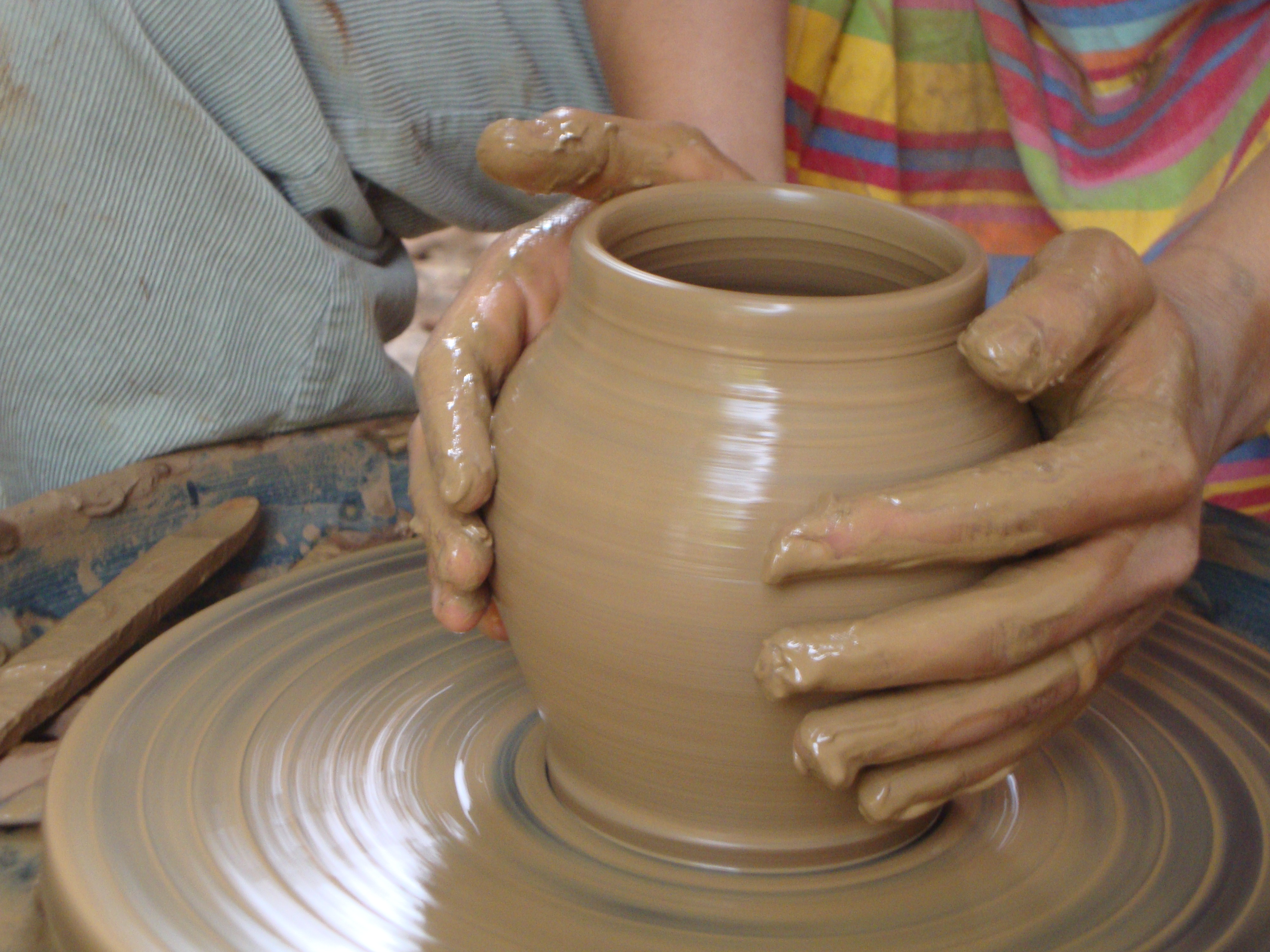
One of the most primitive forms of handicrafts in India was born during the Indus Valley Civilization. However, Krishnanagar in West Bengal, Bikaner, Lucknow, Pune and Himachal Pradesh till date practice it.
10- BRASS HANDICRAFTS

Brassware is mainly manufactured in Rajasthan.
11-HORN HANDICRAFTS
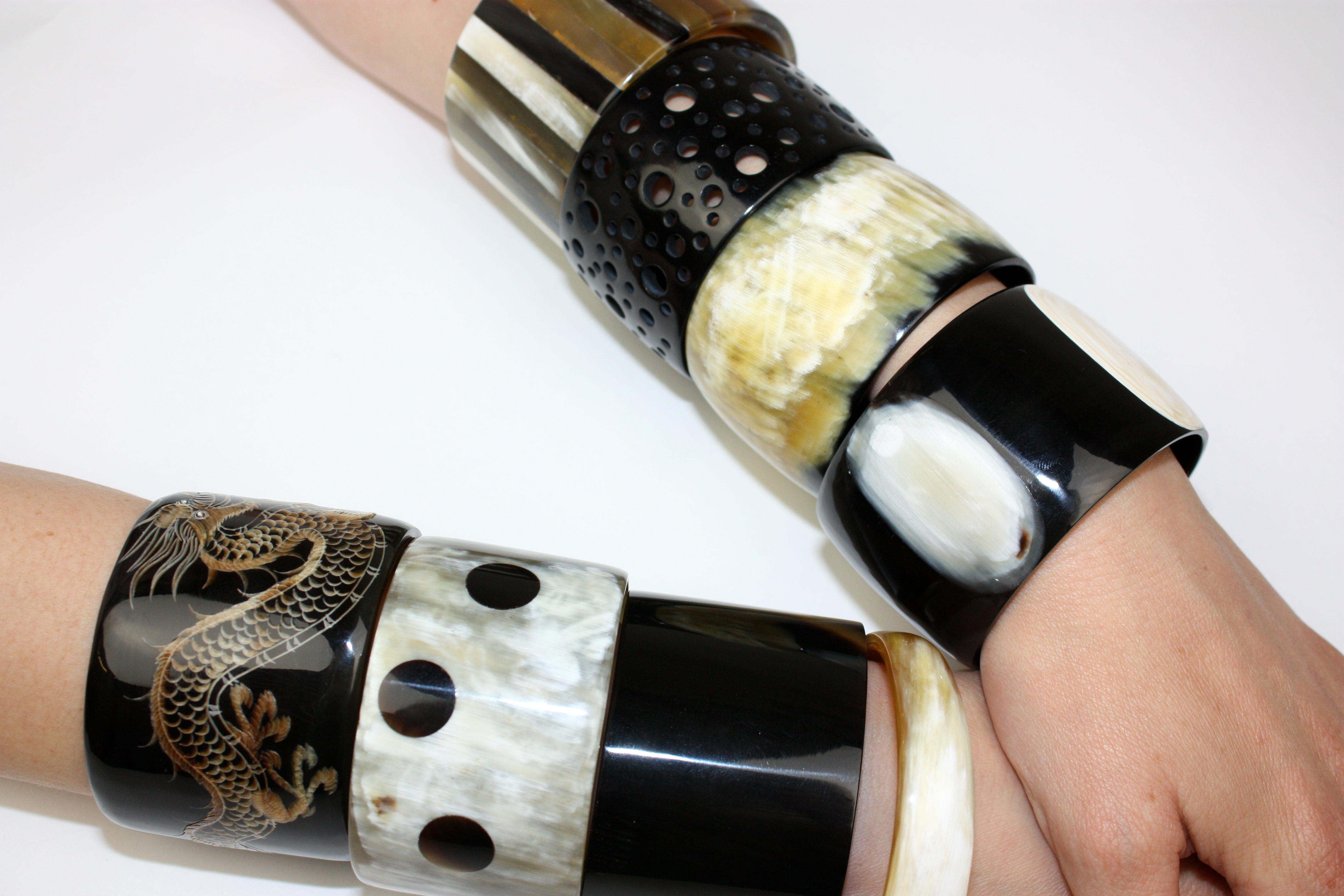
The horn handicrafts are manufactured in Odisha, Karnataka, Kerala and Uttar Pradesh.
12- BELL METAL HANDICRAFTS

The bell metal crafts mostly prevail in Madhya Pradesh, Bihar, Assam, and Manipur
13- CANE HANDICRAFTS
 Vellore district in Tamil Nadu is famous for Cane Handicrafts throughout India.
Vellore district in Tamil Nadu is famous for Cane Handicrafts throughout India.
14- BAMBOO HANDICRAFTS
Bamboo handicrafts are produced in West Bengal, Assam, and Tripura.
The crafts of India are diverse, rich in history and religion. The craft of each state in India reflect the influence of different empires. Throughout centuries, crafts have been embedded as a culture and tradition within rural communities.
Metal Crafts includes metal work using Zinc, Copper, Brass, Silver, Gold. Some of the traditional ancient handicraft styles are Bidriware, Pembarthi Metal Craft, Dhokra, Kamrupi
- Bidriware The term ‘Bidriware’ originates from the township of Bidar, which is still the chief centre for the manufacture of the unique metalware. Due to its striking inlay artwork, Bidriware is an important export handicraft of India and is prized as a symbol of wealth. The metal used is a blackened alloy of zinc and copper inlaid with thin sheets of pure silver.
- Pembarthi Metal Craft Pembarthi Metal Craft is a metal handicraft made in Pembarthi, Warangal district, Telangana State, India. They are popular for their exquisite sheet metal art works. This meticulous brass work art flourished during the reign of Kakatiyas empire. Kakatiyas extensively used sheet metal art to adorn chariots and temples.
- Dhokra is non–ferrous metal casting using the lost-wax casting technique. This sort of metal casting has been used in India for over 4,000 years and is still used. One of the earliest known lost wax artefacts is the dancing girl of Mohenjo-daro.[1] The product of dhokra artisans are in great demand in domestic and foreign markets because of primitive simplicity, enchanting folk motifs and forceful form. Dhokra horses, elephants, peacocks, owls, religious images, measuring bowls, and lamp caskets etc., are highly appreciated.
- Kamrupi Brass and Bell Metal products of Kamrup are famous for their beauty and strength of form and utility. Brass is an important cottage industry, with highest concentration in Hajo, while Sarthebari is well known for its bell metal craft. The principal items of brass are the kalah (water pot), sarai (a platter or tray mounted on a base), kahi (dish), bati (bowl), lota (water pot with a long neck) and tal (cymbals). Gold, silver and copper too have formed part of traditional metalcraft in Kamrup, and the State Museum in Guwahati has a rich collection of items made of these metals. Gold is generally used in ornaments.
Contents
[hide]
Crafts of Bihar
Bihar , recognised by its Madhubani painting, Bhagalpur painting which is also known as Manjusha Art & extra ordinary delicacy of quilting.
Crafts of Rajasthan[edit]
Handcrafted swing, (Jhoola) inside the Phool Mahal, Junagarh Fort, Bikaner.
| Part of a series on the |
| Culture of India |
|---|
 |
| History |
| People |
| Cuisine |
| Religion |
| Sport |
Rajasthan, recognized by its Royal heritage is a prominent and well-established craft industry. Craft remains a tradition in Rajasthan, preserved over centuries by the stronghold of the Royal Rajput family.[1] Within the craft industry are smaller occupations. These include, fabric colouration and embellishment, decorative painting and puppetry. Craft workers see this not as an occupation, but rather a mark of respect to their heritage. In the process of fabric colouration, woven fabrics are treated by methods such as tie-dyeing, resist dyeing and direct application. The dupatta worn by women show the popularity of dyeing. In 2008, traditional Jodhpur garments inspired designer Raghavendra Rathore‘s collection, Rathore Jodhpur.[2] Fabric dyeing belongs to the Chippa caste of Rajasthan. Fabrics are embellished with mirror embroidery, symbolic to Rajasthan and wooden beading once dyed. The trend of mirror embroidery is also visible on dupattas in Punjab, known as the phulkari. Decorative patterns adorn all surfaces in Rajasthan. Interiors of homes are painted with floral motifs; similar bindi (dotted) designs are seen on garments. The clipped camel is unique to Rajasthan. In this, patterns are imprinted on the hide of the camel, taken place during the Pushkar and Nagaur festivals by the Rabari caste.[3] Puppetry and theatre has remained a popular form of entertainment in Rajasthan. Recently, its popularity has reduced with increased interest in film and television amongst rural communities. The nat bhat caste produces these marionette style puppets.[4] Facial expressions are painted on a mango wood head and the body is covered in decorative, Rajasthani clothing. The strings loosely bind the arms and torso together to give flexibility for movement. These puppets usually perform in legends and mythology conveying a moral message. The Rajasthani craft industry is iconic to the identity of India with many of its styles reaching the international market. Tie-dyeing is an example of how international fashion aesthetics have rooted from simple crafts methods of Rajasthan.
Crafts of Gujarat
Gujarat is renowned for its textile production methods. Bordering Rajasthan, the two states share similarities in culture and identity. The ancient Indus Valley Civilization inhabited the entire region, including Rajasthan and Punjab during Medieval India.[5] They embarked on this textile industry in Gujarat. Within textile production, each caste is assigned to an occupation of its own. These are, weaving, dyeing and printing. For example, the Salvi caste is assigned to weaving.[6] Garment producers bring these elements together to form the identity of Gujarati textiles. Direct application is a method also symbolic to Gujarati garments. Paint and other applicants are used to form patterns on fabric for dupattas, ghagras (long skirt) and turbans. Block printing is a widely used form of direct application. In Bandhani, a unique Gujarati craft, fabric is tied at different sections before dyeing to create patterns.[7] This foundation of forming patterns through dyeing has emerged from the rural communities of this state. Along with the complete image of a Gujarati woman are large bangles made of ivory and plastic, these are symbols of a married woman. Conch shell and shellac bangles are the most common. Conch shell bangles are plain white with a light shade of a brighter colour where as shellac bangles are shaped as a shell, painted and decorated with glitter.[8] These have in recent years become an accessory in both domestic and international markets..
Crafts of Assam
To the far eastern region of India is Assam. A state recognized for its creative use of raw materials in textiles and crafts. Assam was one of the states whose craftwork was exhibited in the National Handicrafts and Handborn Museum in 2010, showcased to first lady, Michelle Obama.[9] Production of silk fabrics is iconic of Assamese textiles. Silk is the most valued raw material of Assam, with the Antheraea assama worm producing the unique muga silk.[10] It is mostly the duty of women to construct silk fabrics, using a domestic backstrap loom.[11] Mahatma Gandhi had noted ‘Assamese women are born weavers, they weave fairy-tales in their cloth’.[11] Domestic weaving is an important craft for Assamese women, their marriage and future is seen as reliant upon this skill. At some stage, an unmarried girl would present a hand made bihuan to her beloved.[12] Weaving holds a significant moral and cultural value in Assam. The silk and textile industry is also an economic resource to the state with over 25000 families associated with this craft.[10] Cane and bamboo crafts are also unique to Assam, the result of heavy physical work. Ridang, suli, lezai and long cane are a natural resource to the state.[13] The finest cane is chopped and reduced to thin strips then woven into sheets. It is attached to the frame of a furniture piece, usually made out of bamboo sticks. They are also used as mats, providing comfort in summer.[13] The trend of this sitalpati[13]mat is also seen in Punjab in which a woven mat attached to a frame becomes a charpai. The crafts of Assam are reliant upon the raw materials of the state also making them unique.
Crafts of South India
The diversity of religious beliefs has had a great impact on the crafts of Southern India. The region has seen the rule of various empires such as the Mughal, Portuguese, Dutch, French and British.[14] Each has left their mark of style on traditional crafts. The craft industry of South India has established itself commercially in the nation, whilst reflecting a long history of foreign rule. Dravidian style, stone carved temples reflect the influence of Hinduism whilst Roman Catholic churches echo the impact of the British rule.[14] Temple carvings are symbolic of the craft skills in the Tamil Nadu region. The Meenakshi temple of Madurai typifies the skills and devotion put into this craftwork.[15] Each section of the temple is a sacred shrine to a deity. North of Tamil Nadu is Karnataka, a region renowned for its wood and stone craftwork. The forests of this region provide extensive supplies of raw materials, mostly rosewood. For wood workers, crafting statues for large temples is a major source of income. The forms of characters from Hindu mythology are carefully shaped with a chisel. Soapstone is also commonly used to carve statues giving them a unique textural quality and smooth finish.[16]
Crafts today
The crafts of India have been valued throughout time; their existence today proves the efforts put into their preservation. Contemporary designers such as Ritu Kumar and Ritu Virani are constantly embedding traditional crafts into their designs. Also, there is a complete educational institute, Indian Institute of Crafts and Design (IICD) which is established in Jaipur, Rajasthan, which mainly educates for the crafts and their existence with design. Despite these efforts, the roots of these crafts, which are the rural craftsmen, are in decline. This argued by the India Foundation for the Arts organisation.[17] Rising costs of materials and supplies have placed many of these craft communities in financial struggle. A recent article in the Times of India predicts the price of steel to rise between Rs 600 and 1000 per tonne.[18] On the other hand, statistics from the All India Handicrafts Board show that craft export has risen from 23 crores to over 9000 crores since the past 50 years.[19] With rising economic and political issues in India, the craft sector is struggling to uphold. Although an interest to retain the culture of crafts is seen in designers and institutions.
LINK COURTESY: https://en.wikipedia.org/wiki/Crafts_of_India
http://blog.getsholidays.com/indian-states-famous-for-handicrafts.html
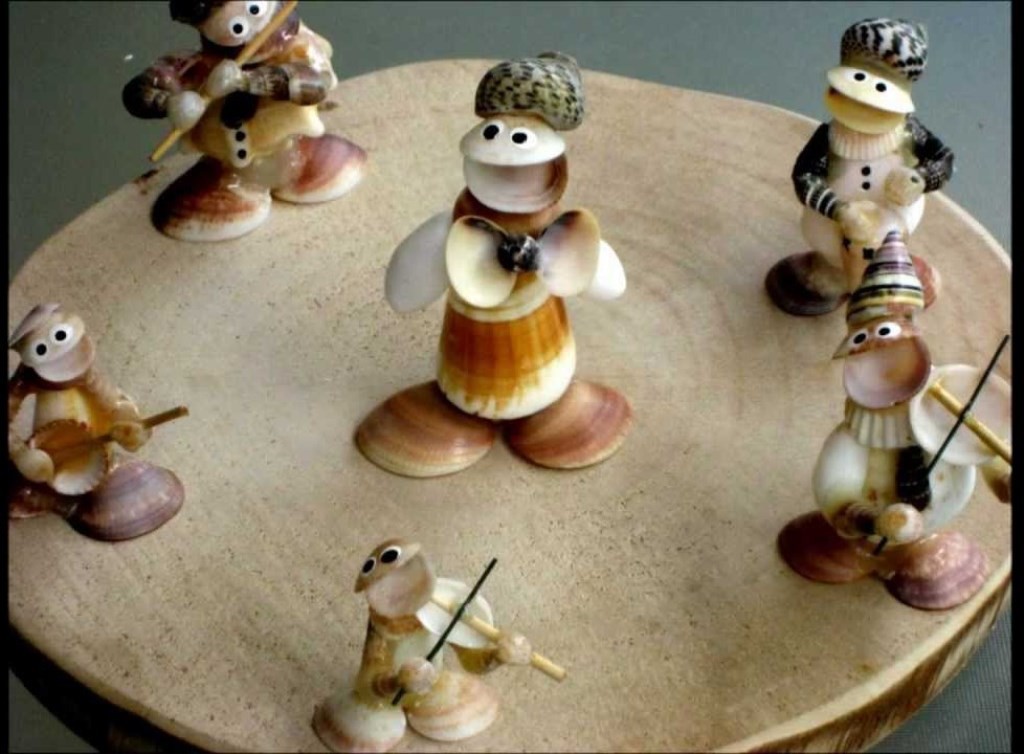
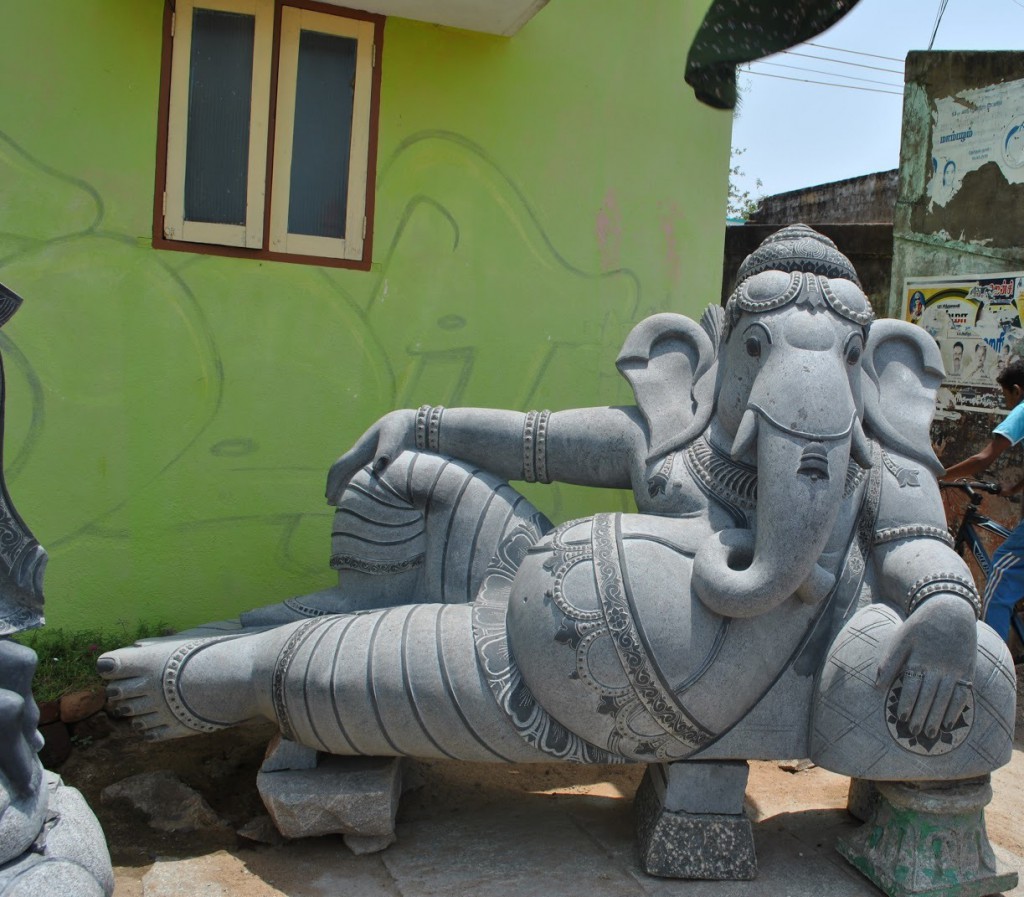
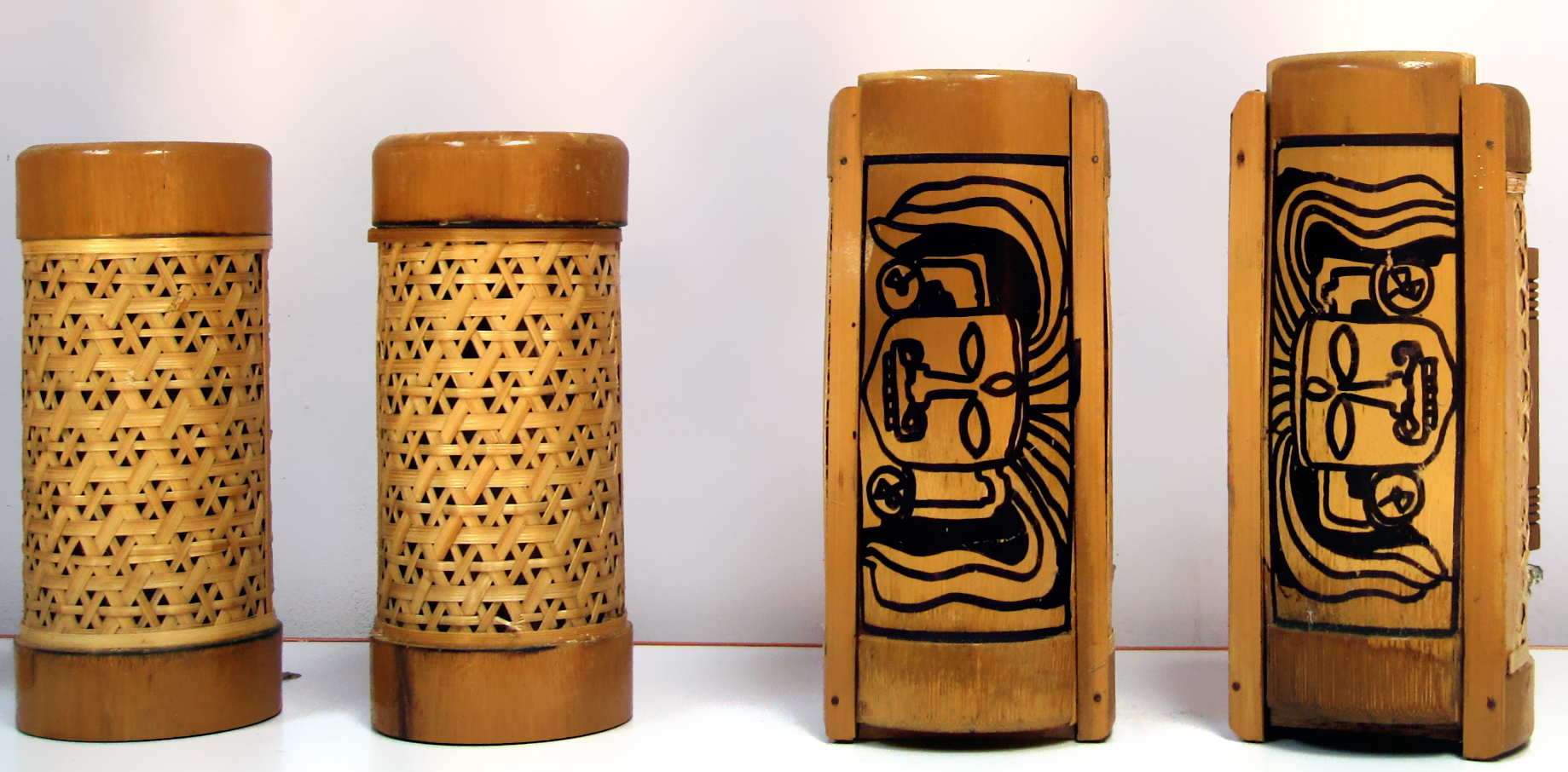
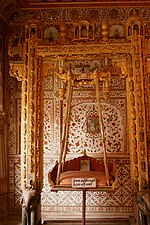
 WhatsApp us
WhatsApp us